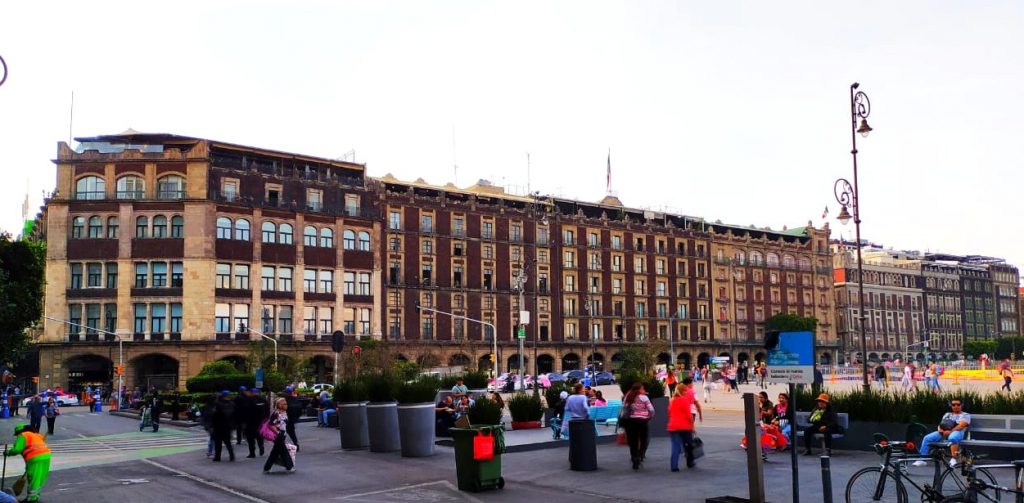
The southwest side of the Zócalo, the Portal de los Mercaderes, while its name is not well known, is a very good introduction to one of Mexico City’s historically defining conflicts. Since Tlatelolca people left ancient Tenochtitlán to form their own massive tianguis on the north of the island, the city has been in a near continual struggle to keep streets, at least mostly, free of vendors.
The Portal de los Mercaders, literally, the Merchants Portal, was begun 1527 by one Melchor Dávila. Fabric shops were already open, operated by one Gonzalo Ruiz, by 1532. Señor Ruiz no doubt witnessed this continuous struggle to keep the Zócalo from sinking into a continual morass of vendors buying, selling, haggling, and vocally announcing their wares. The portals, the covered walkway along the square’s western edge, were intended right from the beginning, to provide more space for vendors.
Much of the original land here had been granted to a Don Rodrigo de Albornoz, the Count of Santiago, secretary of Emperor Charles V, and the first accountant of New Spain.
By 1524, the city council had approved an ordinance stating that owners of properties facing the square could, and should, build covered walkways in front of their establishments to rent the space to merchants. The ordinance is thought to have also been an early attempt to manage flooding and subsidence problems.
The covered walkways visible now, only on the square’s south west side once ran unbroken to the cathedral and beyond. These were originally completed in 1529. They were then replaced in the 17th century in time for primarily cloth merchants to expand to dominate nearly the length of the structure.
The 18th century saw a more diverse variety of vendors selling nearly everything. The name, the Portal de los Mercaderes, came into common usage only after independence in the 19th century. Finally, by only the middle of the 19th century, the covered walkway was divided, north and south, with the opening of Calle Plateros, now Calle Madero. The northern portion was eventually lost to history.
Here, it should be understood that the city always owned the land beneath the arches.
Disputes over maintenance, back-rent, and simple management and coordination were always going to rage. And these conflicts extended across the Zócalo, and even today explain much of the city’s (and country’s) system of Public Markets, street tianguis, and other fixed marketplaces, especially in the Centro Histórico.
The buildings on this southwest side of the Zócalo were built or rebuilt in the 19th century. Their facades were then redone in the 1950s with the characteristic red volcanic tezontle and gray canterra stone, and all done in a neo-colonial style.
As holds with so many Mexican small towns and pueblitos, Mexico City’s town square is bordered, at least on one corner, by fine and relatively affordable hotels. The Gran Hotel Ciudad de México and the Hotel Majestic share the honor here.
The Hotel Majestic is currently operated by Best Western, but parts of it are original to the 18th century. Almost fully remodeled in 1925, most of the interior dates from the same year.
Perhaps more in keeping with the corner’s highly commercial character, the Gran Hotel Ciudad de México was opened as a department store, the Centro Mercantil, in 1899. It was in fact, the first building built using the “Chicago” technique of iron and concrete construction. The facade is the original neo-classical differs from the neo-colonial style thought to unify the appearance of the Zocalo.
The interior of the hotel maintains most of the original art nouveau decoration of the department store. The original cage-style elevators and the stained glass ceiling were designed by the French artist Jacques Grüber. The hotel is currently operated by Howard Johnson’s. To get an idea of just such a department store interior, the Palacio de Hierro and just a block away, is from nearly the same era, and still operates as a department store.
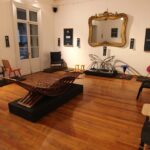
0.10 kms.
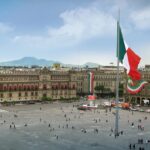
0.11 kms.
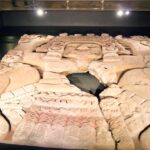
One of the most important sites in the city, even today, don't miss the chance to visit the Templo Mayor.

There's no center like the very center, and in Mexico City, that means el Zócalo!

Mexico City's most iconic skyscaper, Latinoamericana is one of it's most beloved too.
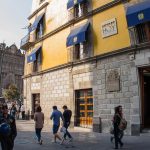
A museum dedicated to one of the oldest institutions in the hemisphere and its long role in Mexico City.
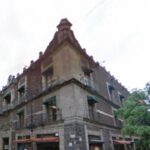
Even with a McDonald's, one of the most prestigious addresses on calle Madero shines out from the past.